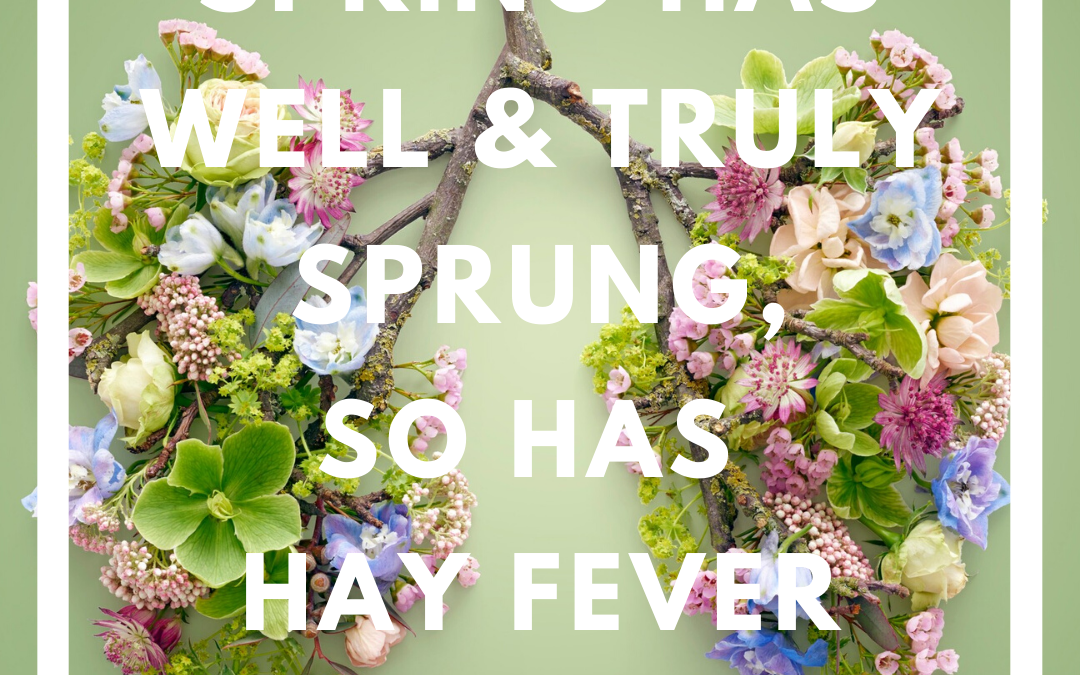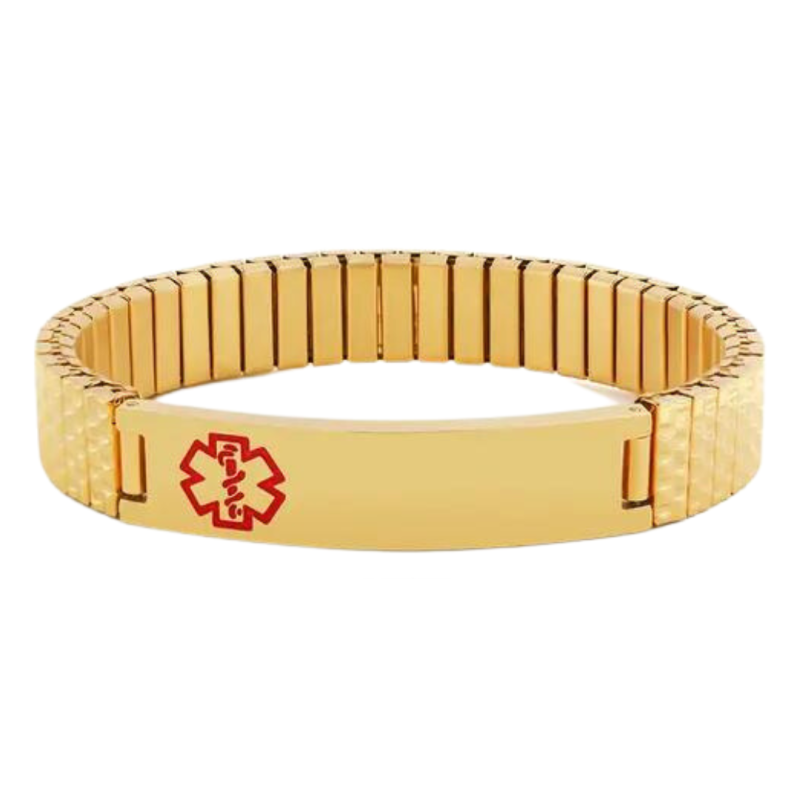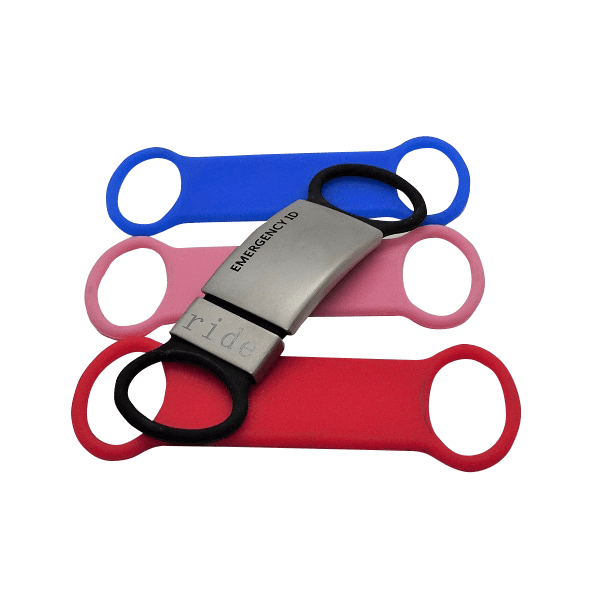What is hay fever?
Hay fever is the common name for allergic .
Hay fever is caused by the nose and/or eyes coming into contact with environmental allergens, such as pollens (grasses, weeds or trees), dust mite, moulds and animal dander.
Most people associate hay fever with spring, when airborne grass pollens are at their peak. This is known as seasonal allergic rhinitis or spring hay fever. However, hay fever can occur at any time of the year.
When symptoms occur all year round, this is known as perennial allergic rhinitis. Perennial allergic rhinitis is usually caused by a reaction to allergens such as house dust mites, moulds, animal dander or occupational allergens.
Symptoms
Some of the immediate signs and symptoms of hay fever include:
- runny nose
- itchy nose
- sneezing
- itchy, watery eyes.
In some cases, the symptoms of hay fever can be so severe that a person can’t sleep or concentrate, and may feel tired or unwell.
Hay fever is an allergic reaction
Your nose acts as a filter. The tiny hairs and mucus that line the nasal passages trap dust, pollens and other microscopic particles. A person with hay fever is allergic to some of the particles that get trapped in the nose, such as pollen.
An allergic reaction means the immune system treats a harmless substance as if it is dangerous, and launches an ‘attack’. The nasal passages become inflamed and therefore more mucus is produced.
Managing
Identifying the allergen/s causing the symptoms is an important part of managing hay fever. In some cases the cause may be obvious but in others your doctor will need to consider your medical history together with the results of allergy (skin prick tests or allergen-specific IgE blood tests), which means you may require referral to a specialist.
Some may help relieve the symptoms of hay fever.
Ask your GP or pharmacist for advice. You may be advised to try:
- Antihistamine tablets, syrups, intranasal sprays and eye drops (non-sedating) as they may help to reduce symptoms (sneezing, itchy and irritating eyes). They are not as effective in controlling severe nasal blockage and dribble. The advantage of antihistamines is their flexibility, as you can take them when you have problems, and avoid them when you are well. Antihistamine eye drops can be helpful in controlling watery eyes due to allergies.
- Intranasal corticosteroid sprays (INCS) as these nasal sprays are used for people with moderate to severe symptoms and are one of the most effective treatments for allergic rhinitis. They need to be used regularly as directed to be effective. Different brands of INCS vary in strength and effectiveness, so it is important to read the labels and check details with your pharmacist or doctor.
- Combined intranasal corticosteroid and antihistamine sprays as these sprays are also useful for people with moderate to severe symptoms and offer the combined advantages of both medications.
- Decongestant nasal sprays as useful for quick relief, but should not be used for more than a few days as long-term use can damage the lining of the nose. Certain people should not use decongestants (such as those who are pregnant, or have high blood pressure). Discuss with your GP or pharmacist before using these medications.
- Allergen immunotherapy , also known as desensitisation – some people may benefit from AIT, which exposes a person to gradually increasing amounts of an allergen to improve tolerance and reduce symptoms. This therapy may reduce the severity of hay fever symptoms. AIT should only be conducted under supervision of a clinical immunology/allergy specialist.
Suggestions to reduce symptoms
To prevent or limit symptoms, minimise exposure to known allergens.
House dust mite minimisation:
- Wash sheets, pillow cases and other bedding weekly in hot water.
- Cover mattress, pillow and quilt with dust mite resistant covers.
- Remove sheepskins or woollen underlays from the bed and bedroom.
- Remove soft toys from the bedroom.
Pet dander minimisation:
- Ensure pets are kept out of bedrooms.
- Keep pets outside.
Mould minimisation:
- Remove visible mould by cleaning with bleach or other mould reduction cleaners.
- Ensure adequate natural ventilation, including extractor fans.
- Avoid working with garden compost, mulch or mowing lawns.
Pollen minimisation:
- Remain indoors (when possible) during pollen seasons, particularly on windy days or after thunderstorms.
- Avoid activities known to cause exposure to pollen, such as mowing grass.
- Shower after outdoor activities where exposure to pollen is high.
- Use re-circulated air in the car when pollen levels are high.
- Wear sunglasses (reduces amount of pollen that gets into eyes).
- Dry bedding and clothing inside or in a tumble dryer.
Hay fever and thunderstorm asthma
Grass pollen season brings an increase in asthma and hay fever. It also brings the chance of thunderstorm .
People with hay fever – especially those who experience wheezing or coughing with their hay fever – may be at increased risk of epidemic thunderstorm asthma. Epidemic thunderstorm asthma can be sudden, serious and even life-threatening.
Therefore, having good control of your hay fever can help reduce your risk of thunderstorm asthma.
Where to get help
- In an emergency, always call triple zero (000)
- Your GP (doctor)
- Pharmacist
- NURSE-ON-CALL Tel. 1300 606 024 – for expert health information and advice (24 hours, 7 days)
- Australasian Society of Clinical Immunology and Allergy
- Asthma Tel. 1800 278 462
- Allergy & Anaphylaxis Tel. 1300 728 000
For source and further information Hay fever – Better Health Channel
If you have allergies or asthma we recommend you check out our Emergency ID that might be suitable for you Emergency ID Australia : Shop Medical Alert IDs








